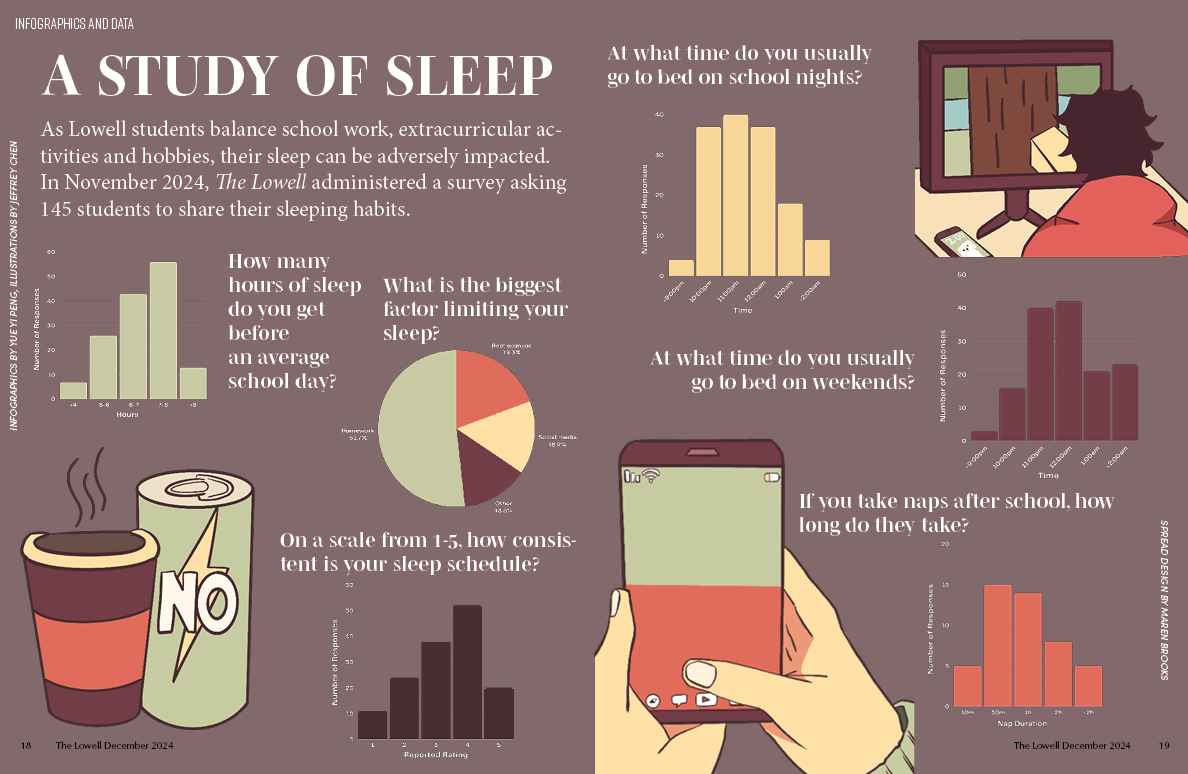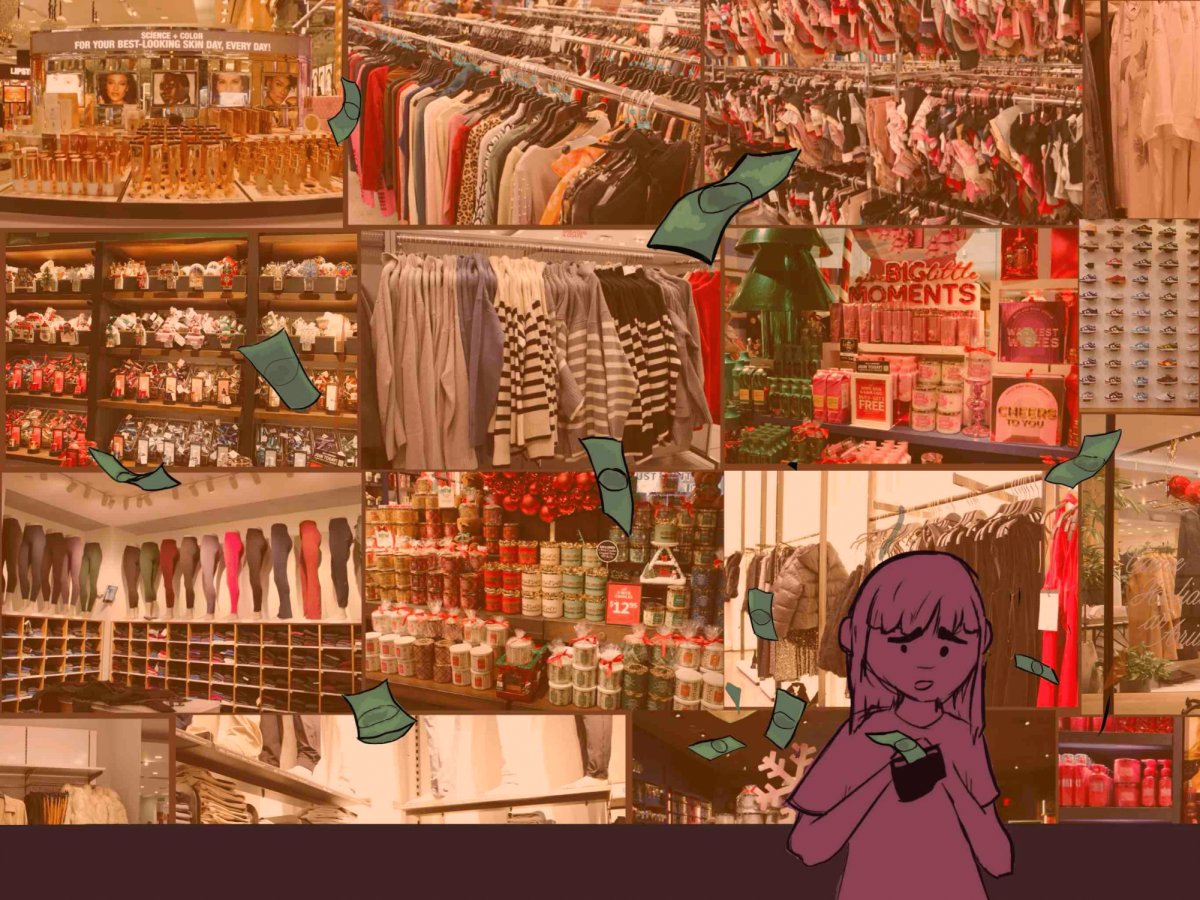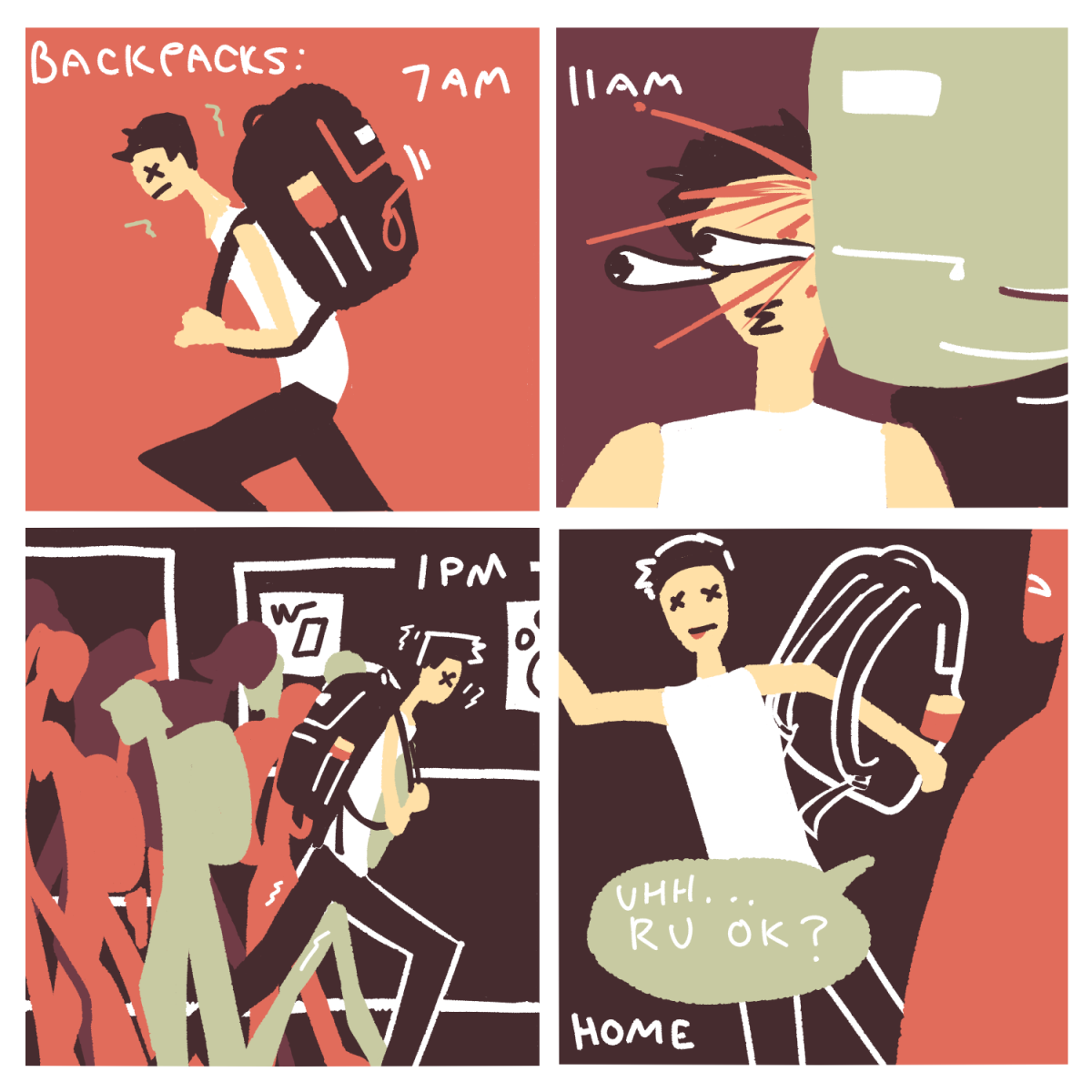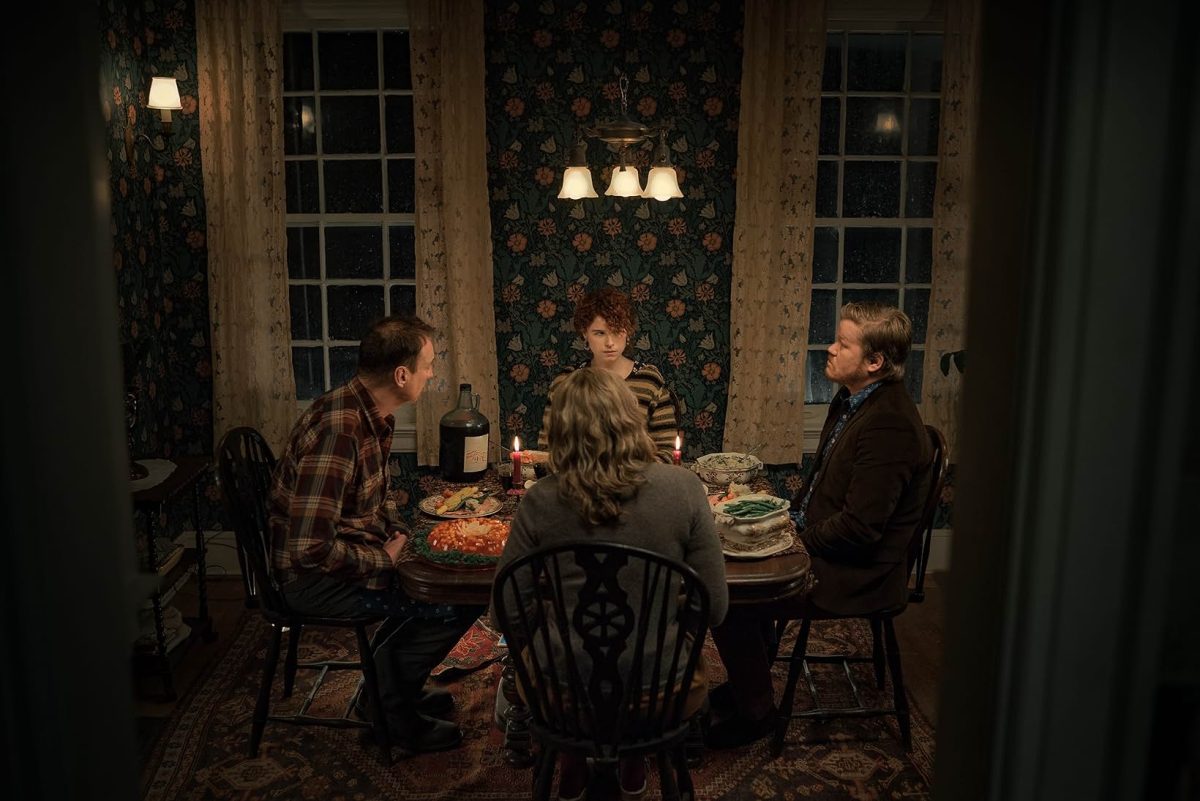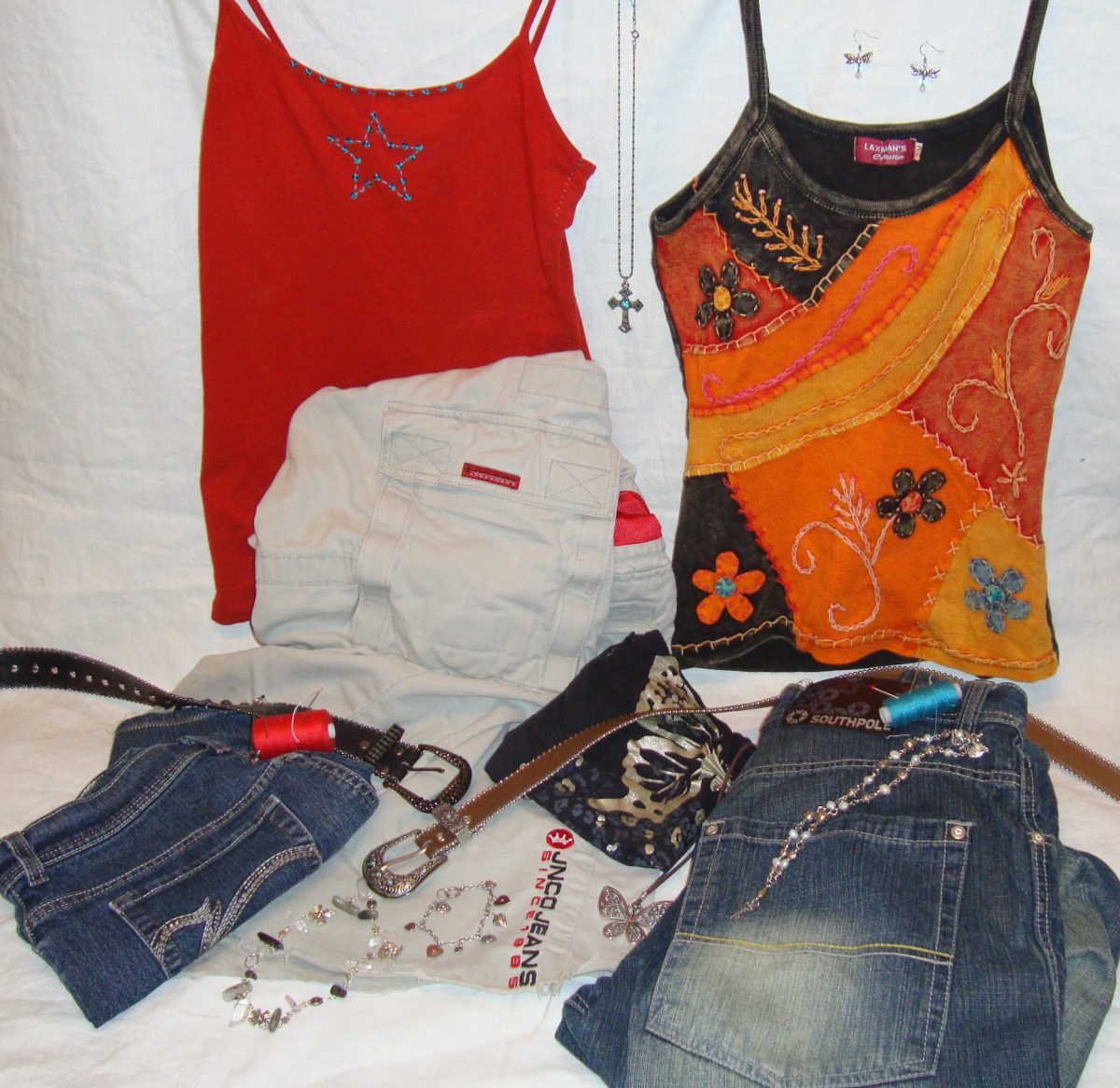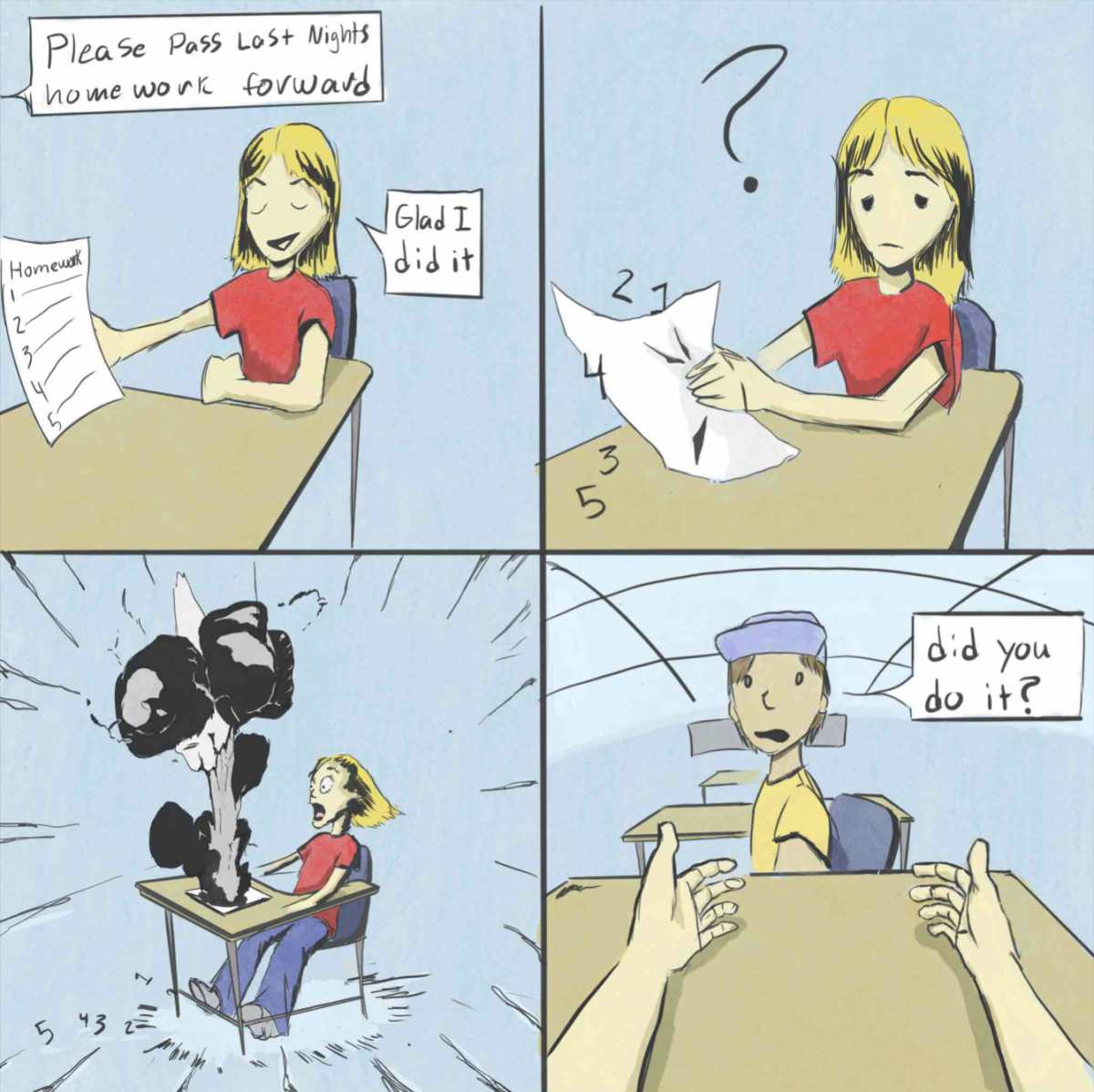By Cynthia Leung
Originally published on December 15, 2014
Put those short shorts away, and hide your flip flops. According to the new SFUSD dress code, both of those are violations along with crop tops, halter tops and others because they are considered a “distraction,” a “disruption,” or “unsafe.” Students and parents signed a contract at the beginning of the year agreeing to this new policy. The Lowell did a survey of four registries, one from each grade, to ask students their opinions. Here are a few issues we found.
1. The dress code discriminates against girls.
83 percent of students who disagreed or strongly disagreed with the dress code were females.
Currently, the SFUSD dress code prohibits students from wearing shorts shorts, crop tops, halter tops, and many other items. Considering the fact that these are traditionally women’s clothing, the conclusion can be made that there is more dissent on the female side. In The Lowell’s survey, 83 percent of students who disagreed or strongly disagreed with the dress code were females. With this, some may say that the dress code affects girls more than guys. “I feel that the dress code really is just targeting girls,” Class of 2017 Vice President Kian Mojabi said. “I’m not saying strict dress codes should be enforced upon guys either but it just doesn’t seem equal.”
The dress code restrictions on girls’ clothing forces some girls to spend extra time assembling school-appropriate outfits. “I always think twice before wearing any shorts, skirts, dresses, or rompers to school,” Class of 2016 Public Relations officer Katie Guan said. “If I do, I would go on a long search for a pair of spandex or shorts to wear under.”
It also assumes that guys cannot help themselves and get distracted by short shorts. However, about 50 percent of guys said that they never felt that other students’ clothing disrupted their education. “As for it being disruptive and distracting, it’s not,” Mojabi said. “It’s rude to say that guys can’t control their actions around girls that are wearing short shorts because we can control ourselves. We are not animals.”
2. Distraction is not a good justification.
In theory, when a student is punished for violating the dress code, they are being punished for wearing clothes that are distracting other students, disrupting others’ education, or being a safety hazard. But according to the survey, over 85 percent of students thought that their own clothing was never distracting. About 60 percent of students said that they were never distracted by other students’ clothing. “If a belly button or a thigh is going to distract someone in class, that certain someone is the one to take responsibility, not the ‘distraction.’” Guan said.
3. The dress code is vague.
“What is unsafe footwear?” One respondent wrote this next to one of the survey questions. The district dress code never explicitly specifies most of the rules. For example, the district does not define short shorts or what qualifies as “unsafe or inadequate footwear.”
According to the survey, when students were shown four pairs of shorts of different lengths and asked which pair were short shorts, answers ranged from 65 percent for the first pair, 28 percent for the second, 3 percent for both the third and fourth pair, and 28 percent for none of the above. The images were taken from American Eagle’s online store and listed as “shorties,” “midis,” or “Bermudas,” but none were listed as “short shorts.” Students may be confused when shopping since most labels for “short shorts” are named something else.
The district should give examples of violations of the dress code or include images of clothes that violate it or are appropriate for school. Also, the school administration could hold a presentation describing what is appropriate or inappropriate for school and answer questions that students may have.
4. Students should be more involved in the process.
The new contract came with the expectation that the school would enforce the dress code. The results from the survey show otherwise. Seventeen percent of students said they have knowingly violated the dress code but have not been punished for it.
Since teachers also play a role in monitoring dress code violations, the rules should be more clear to make their jobs easier and to prevent unnecessary and embarrassing consequences. “Once in my reg, two of my friends were harshly called out in front of the class and were taken outside the room for a talk, so during those incidents the enforcement seemed really unfair,” Guan said.
“Once in my reg, two of my friends were harshly called out in front of the class and were taken outside the room for a talk, so during those incidents the enforcement seemed really unfair.”
Currently, the dean decides whether or not a certain item is against the dress code, but the decision should be open to students as well. “If it’s [a student’s clothing] put into question, it goes to me to decide,” Dean Ray Cordoba said. “Staff and administrators are part of this consensus. Students also come tell us if anyone is wearing something questionable. We help police each other.”
But students do not have a say in the final decision. If a student group, such as the Lowell Student Association or the Student Body Council, could contribute to decisions on dress code violations, the process would include peer review and be more fair.
The consequences of violating the dress code, such as a referral to the dean or a call home, can be questionable and unfair because of their negative effects. “I feel like no one should feel victimized by being sent to the dean’s office and receiving warnings,” Guan said. “It makes one feel insecure about themselves and held back from wanting to dress up the way they want.”
With all these issues and problems, the SFUSD dress code should be revised in order to be more effective and fair. By taking small steps, such as specifying certain topics in the dress code, SFUSD can clear up confusion students may have and create a stronger policy.



